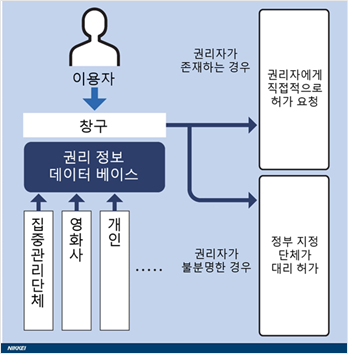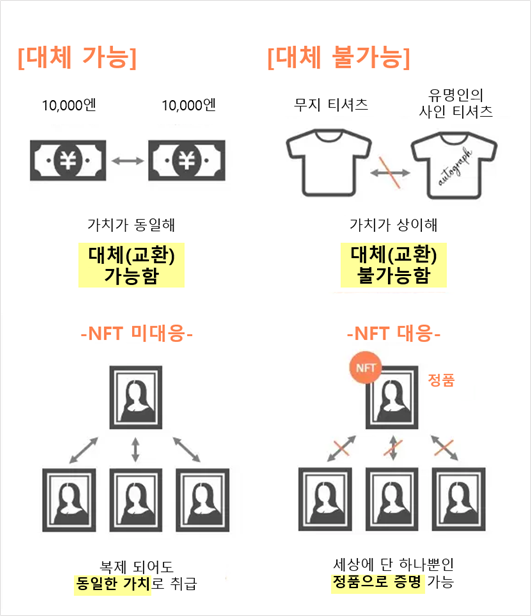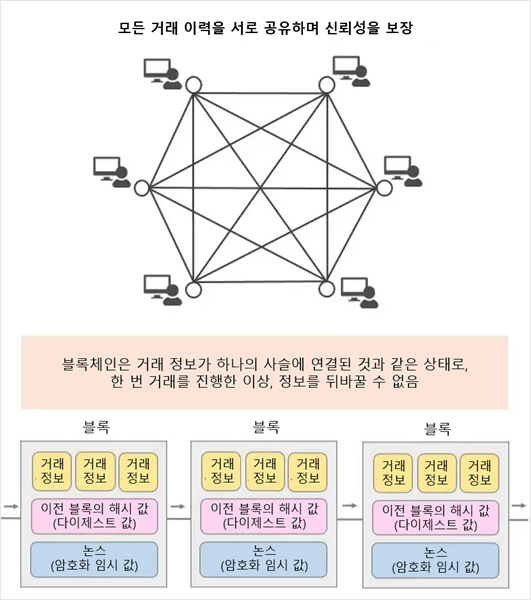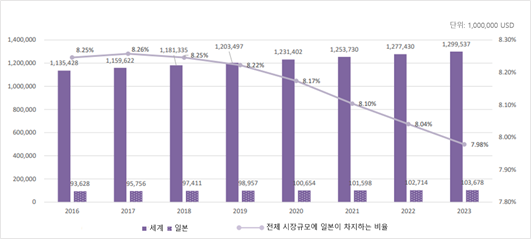– Economic and social reform that allows individuals to fully utilize their intellectual property rights and intangible assets
– The Japanese government's 'Intensive Management System' plan in response to the digital age
– Japanese government establishes 'Intellectual Property Promotion Plan 2022' for effective use of intellectual property
On June 2022, 6, the Japanese government opened the Intellectual Property Strategy Headquarters (Head: Japanese Prime Minister Fumio Kishida) and prepared a plan for 3 for the effective use of intellectual property. In the 'Intellectual Property Promotion Plan 2022' announced by the Intellectual Property Strategy Headquarters, it was stipulated that an amendment to the Copyright Act would be submitted to the National Assembly in 2022. For the purpose of facilitating the use of rights, detailed amendments to this system will be established centering on the Japanese Agency for Cultural Affairs in relation to the secondary use of copyrighted works that are difficult to find, such as videos posted on the Internet by individuals or old movies and music.
For example, a work recognized by an organization designated by the government can be used for secondary use without the permission of the right holder himself. In other words, copyright data is subject to intensive management by the government. While the use of online works such as Metaverse (2D virtual space) is increasing, we promote the growth of the content market through the smooth handling of rights.
<Batch processing method for copyrights to be introduced in the future>

[Source: Nikkei Economy]
Copyright is automatically granted from the point of creation of content. However, even when there are many productions like a movie or when it is difficult to identify the right holder because the work was made a long time ago, permission from the right holder is a necessary condition.
As such, at present, in principle, copyright holders cannot use copyrighted works without permission from all rights holders, so in the process of protecting the rights of online content creators and creating new derivative content, unauthorized use of content is still prevalent, and there is no proper way to return profits to copyright holders. is not equipped. Even at the present time, works whose right holder is unclear can be used for secondary use when the user pays the usage fee after receiving finances according to the decision of the Minister of Culture.
In order to solve these difficulties, the newly established organization in relation to the 'copyright centralized management system' will be adjusted based on the form of acting on behalf of the financial process. In addition, it is expected to request cooperation from the Japan Music Copyright Association (JASRAC) and the Japan Photo Copyright Association in preparing a database for collectively managing works such as music, images, and characters.
Even in the database, only works for which the right holder is unknown or for which the right holder cannot be contacted can be used temporarily if prior permission is obtained from an organization designated by the government. First, after paying the usage fee to the organization that is the procedure medium, if the right holder appears, the usage fee is returned to the right holder. In addition, a system for registering content created by individuals in the database is also under consideration.
The background of the Japanese government's plan to revise the copyright law is the era in which individuals were able to speak freely through the Internet. Recently, users are using digital content in their daily life such as online videos and photos to circulate various information, and Web 3.0 has emerged along with it.
Web 3.0 era where the digital copyright market is expected to expand
Web 3.0 is a term that refers to the 'decentralized Internet' newly built with technologies such as blockchain. This started to be mentioned in the mid-late 2010, and it started to receive full attention in 2021 and is called the 'next-generation Internet' following the currently widely used Web 2.0. The purpose of Web 3.0 is to decentralize the management authority for the vast amount of data held by large IT companies around Big Tech (GAFA). In the Web 2.0 era, most of the data related to individuals was centrally managed within a specific company, resulting in privacy and security risks. Web 3.0 ideally solves the above problems by 'distributed management' of these data on the Internet.
<A giant IT company that corresponds to Big Tech (GAFA)>

[Source: each company's official website]
In addition, if non-fungible tokens (NFTs), which are closely related to the blockchain technology of Web 3.0, are issued in connection with Japan's rich digital content - Cool Japan strategy -, the technological value will improve and at the same time, in the Web 3.0 era It is expected to become a catalyst for the expansion of the digital economy.
<What is Non-Fungible Token-?>


[Source: NET MONEY]
If digital content is made into NFT, it can be managed so that recorded data cannot be further manipulated by linking with blockchain technology, a cryptographic asset. In addition, it becomes clear when, through someone's hand, and by what owner the content is owned.
<Structure of Blockchain>

[Source: NET MONEY]
According to a survey by the Japanese Ministry of Economy, Trade and Industry, the share of the Japanese market in the global content market is declining year by year. Moreover, due to the prolonged Corona (Covid-19), related fields of Cool Japan strategy such as food, tourism, culture and arts, events and entertainment are taking a huge hit, making it difficult to continue business.
<The size of the Japanese market in the global content-related market>

[Source: Japan Ministry of Economy, Trade and Industry]
Among them, Japan's plans to protect the rights of animation, movies, games, and Internet broadcasting contents and to promote transactions will become a source of demonstrating Japan's soft power to the world, and furthermore, it is expected to contribute to the development of digital technology.
implication
After Corona 19, the trend of non-face-to-face consumption has spread in Japan, and a wind of great change has blown in the content industry, centering on online platforms. Distribution services using online platforms have been activated in fields such as broadcasting, comics, games, and music, and in particular, the mobile game market is growing rapidly in the game field. did. In addition to digitalization that has emerged in the era of With Covid-19, high-quality derivative content from K-content, which is excellent in Japan's copyright system reform, is for Korean companies that are considering entering the Japanese content market thanks to the 4th Hallyu boom. I hope to bring about a virtuous cycle that produces Acquisition and protection of Japanese industrial property rights related to copyright can be checked through the KOTRA website (www.kotra.or.kr) and online consultation is available at KOTRA Tokyo IP-DESK.



